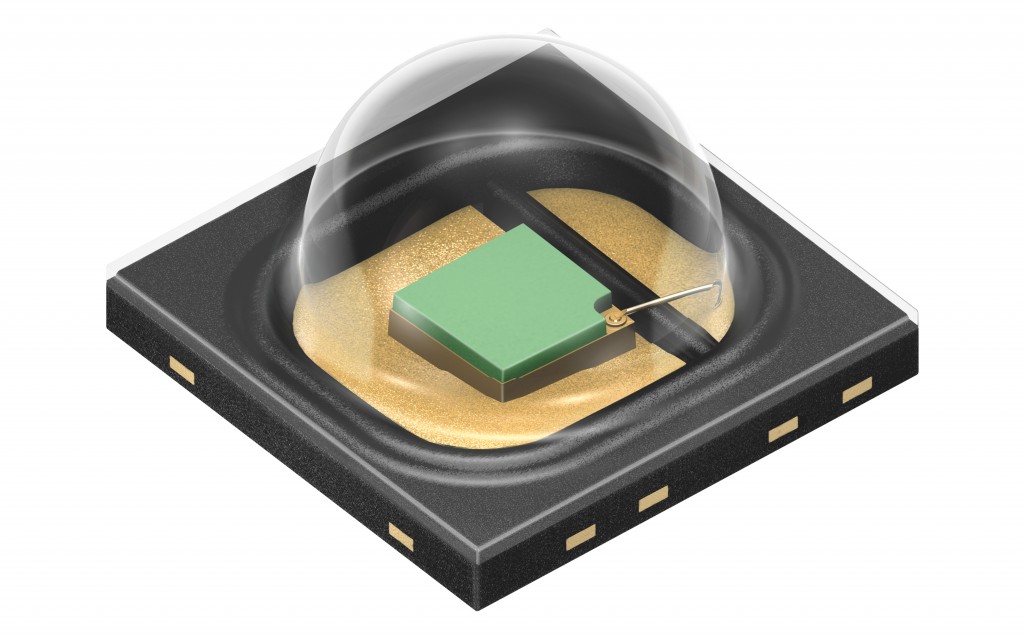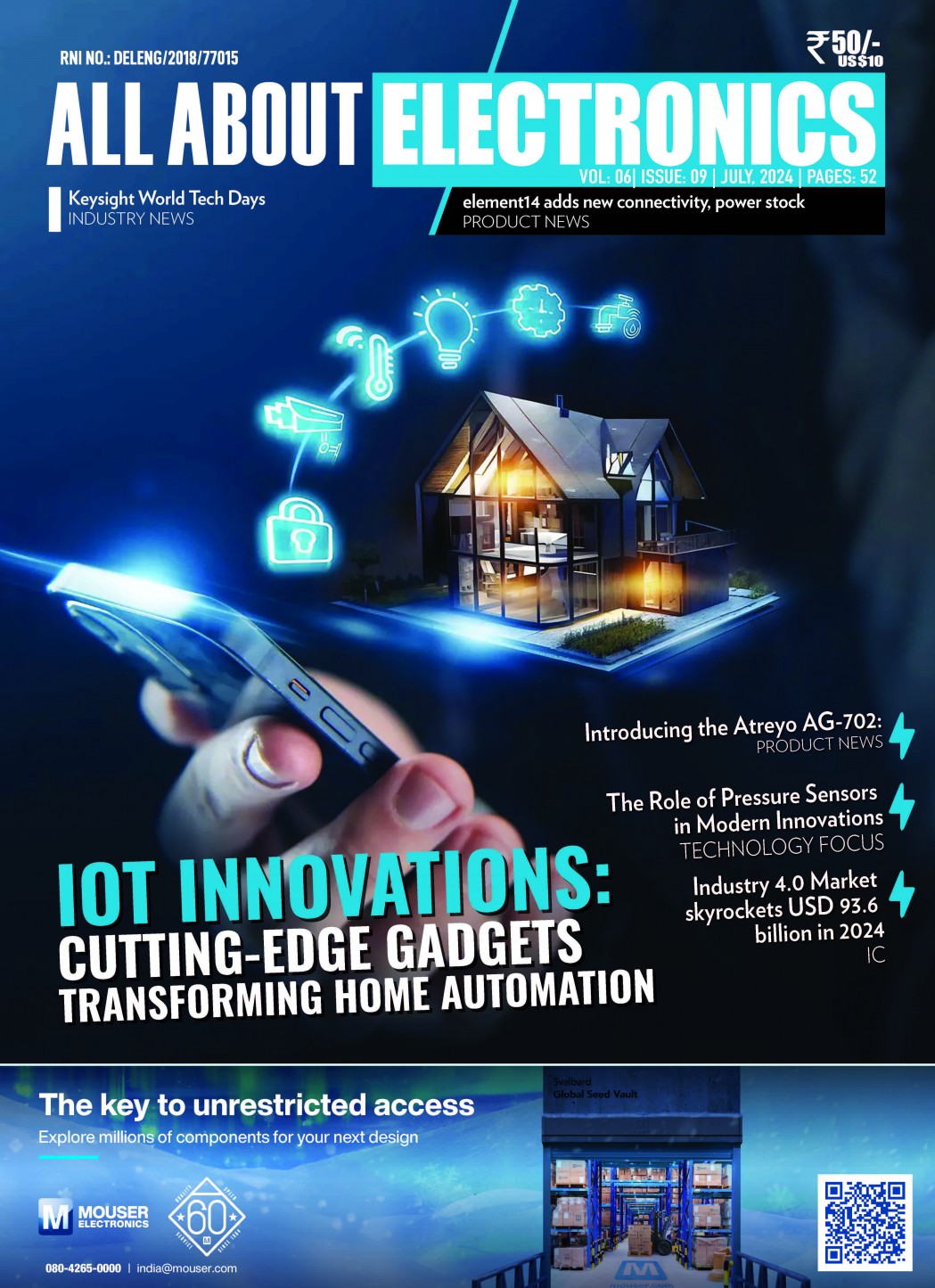Oslon Black SFH 4736 has more than double the radiant intensity of its predecessor
One of the most important decisions that farmers and vineyard owners have to make involves getting the timing right for the harvest. This not only ensures that the produce has the best possible taste but also means that precious time and money can be saved at the subsequent processing and shipment stages. To make it easier for farmers and vineyard owners to gage the right time for the harvest, Osram now presents its new Oslon Black SFH 4736 near-infrared LED (NIRED). Simply scanning fruit or cereal crops with the NIRED installed in a smartphone or tablet produces reliable information about the sugar, water and fat content.

Determining ripeness in this way is made possible by near-infrared spectroscopy. This involves “scanning” the content of various types of fruit and vegetables. The system makes use of the absorption behavior of certain molecular compounds. The NIRED irradiates a specimen with a defined spectrum of light and a spectrometer is used to measure the wavelength distribution of the reflected light. These measurements indicate the existence and quantity of certain ingredients. The farmer in the field or the vineyard owner at the vine can therefore take samples and easily monitor the progress of their crops in real time so they can plan the ideal time for the harvest.
With the SFH 4736 Osram Opto Semiconductors has added a version with a narrow beam angle to its portfolio of broadband emitting infrared LEDs. The lens ensures strong directional light, improving overall system efficiency. The primary optics bundle 90 percent of the generated light within a beam angle of +/-40°, providing considerably more optical power per unit area on the target object – in other words focusing the light precisely where it is needed. As a result, more light is reflected to the spectrometer, leading to a stronger measured signal. Up to now, separate optics were needed to focus the light. With this new emitter this is no longer necessary, which reduces the costs for assembly, adjustment and design in the overall system.
Like its SFH 4735 predecessor, the SFH 4736 is based on a highly efficient, blueemitting chip in UX:3 technology. A phosphor converter specially developed for this application converts the blue into infrared light with a wavelength range of 650 nm to 1050 nm. SFH 4736 is 2.3 mm high and has a footprint of 3.75 mm x 3.75 mm, comparable to that of the SFH 4735.
“Compared to SFH 4735 without a lens we are achieving more than twice the output with the SFH 4736 in a solid angle of 80 degrees,” said Carola Diez, Senior Marketing Manager at Osram Opto Semiconductors. “The SFH 4736 therefore marks another step toward even more efficient broadband NIREDs for spectroscopy applications.”
Back in late 2016, Osram Opto Semiconductors unveiled the predecessor to the current NIRED as the world’s first broadband emitter of this kind. The predecessor model is being used in various applications including in Scio, one of the first near-infrared microspectrometers from Israeli startup Consumer Physics. Resembling a matchbox in shape and size, the device was developed for the end consumer sector. The successor model is also suitable for use in the professional sector and can provide valuable assistance to farmers.












